We began this week by mixing our own colored paste of flour, water, tempera, and sand. The flour, water, and sand mixture creates a thick bonding paste that can be used as a base for a collage (and the tempera adds color for fun!).
After mixing their paste, I offered the children scraping tools to move the paste around their tagboard. They used small rakes, plastic putty knives, scrub brushes, combs, and plastic notched scrapers for tiling. This is a great introduction to making mosaics! The kids learn how to spread out the adhesive, and lay down materials into a design. After they master this technique, we can try grouting!
After plenty of spreading and scraping, the children added collage materials to their paste.
The oldest class did this project last session, so I took it to the next level and offered them cardboard frames (that I cut out of a large box) as a base for their collage.
Although I explained that the paste would work as glue, some kids weren’t convinced and used white glue to make sure their items would stay put.
Towards the end of class I rolled out a large paper onto the floor and showed the kids how to have “zooming car races.” Two of the cars are the kind that wind up and drive by themselves. They dipped the wheels in paint, and raced them down the paper to see which cars went the fastest and how far the tracks would go.
The weather has been gorgeous lately, so we spent some fun, creative time outside as well.
After getting this large box with my new outdoor table, I decided to use it for ball painting!
Window painting!
For her grandma’s birthday, Karuna wanted to give her the frame she made so I taped a photo of her behind the opening. Adorable!



































































































































































































































